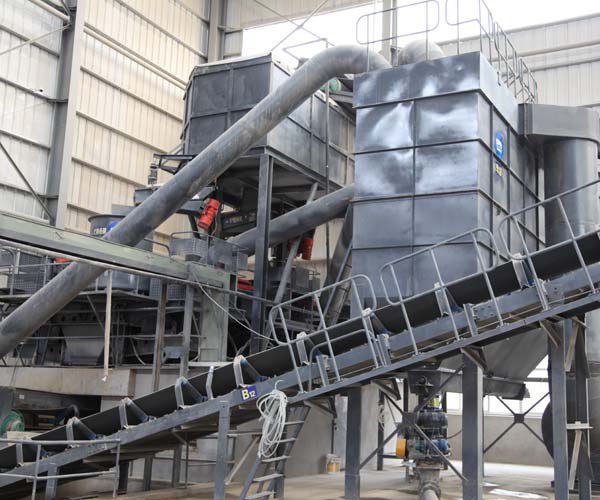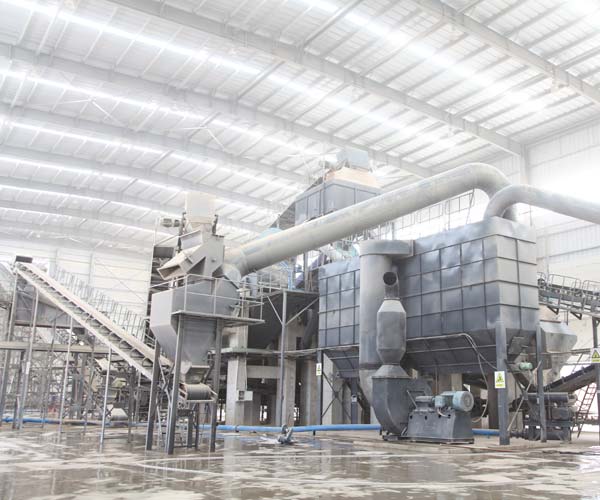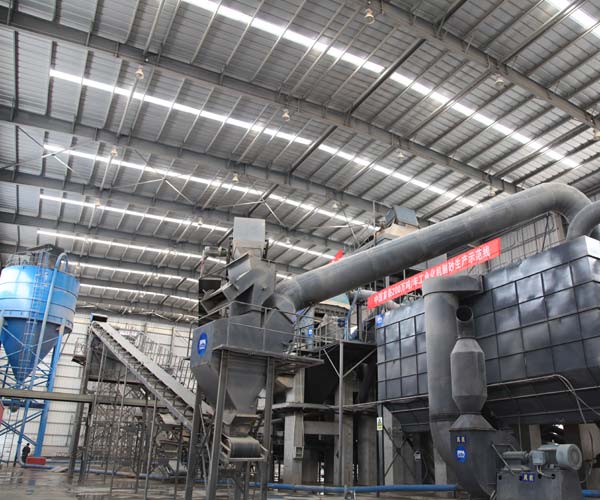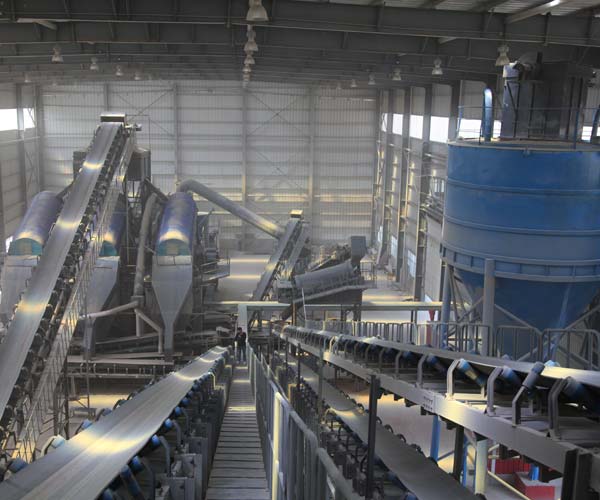
The layout of a stone crusher plant is a critical factor in determining its operational efficiency, safety, and overall success. Material flow, equipment placement, workspace design, and the integration of automation and control systems are key elements that, when thoughtfully considered, can propel a plant towards peak performance.
24 Online Service

The stone crusher plant plays a crucial role in the mining and construction industry. It is a fundamental piece of machinery that facilitates the transformation of large rocks into smaller, more manageable sizes. To grasp the significance of these plants, one must delve into their components and understand the intricate processes they undertake.
A stone crusher plant is a facility where the raw materials extracted from the earth are processed into the desired sizes for various applications. These raw materials may include limestone, granite, basalt, gravel, and more, depending on the type of stones prevalent in a specific region. The primary goal of a stone crusher plant is to produce aggregates for construction purposes, such as concrete, asphalt, and road base.
At the heart of every stone crusher plant are the crushers. These are powerful machines designed to break down large rocks into smaller, more manageable pieces. There are various types of crushers, each serving a specific purpose.
Jaw Crushers: These are commonly used for primary crushing. They consist of a fixed jaw and a movable jaw, exerting pressure to break down the material.
Impact Crushers: Ideal for secondary crushing, impact crushers use the principle of rapid impact to crush materials. They are versatile and suitable for various applications.
Cone Crushers: Known for their efficiency in fine and medium crushing, cone crushers operate by compressing the material between a moving cone and a stationary bowl.
Conveyors play a crucial role in transporting the crushed material from one part of the plant to another. They are responsible for the smooth flow of materials, ensuring efficient processing. Conveyors come in various types, such as belt conveyors, which are commonly used to transport bulk materials over short or long distances.
Screens are used to separate the crushed material into different sizes. This is a critical step in the production of aggregates, as it allows for the sorting of materials based on their size. Vibrating screens are commonly used in stone crusher plants to efficiently classify materials.
Hoppers are large containers that store the raw materials before they are fed into the crushers. They ensure a steady and controlled supply of material, preventing interruptions in the crushing process.
Crushing operations generate a significant amount of dust, which can be harmful to both the environment and the workers. Stone crusher plants are equipped with dust suppression systems to minimize the dispersion of dust particles and create a safer working environment.
The control panel is the nerve center of the stone crusher plant. It allows operators to monitor and control various aspects of the crushing process, such as adjusting the crusher settings, managing conveyor belts, and overseeing the overall operation of the plant.
Understanding the stone crusher plant involves comprehending the intricate process it undergoes to transform raw materials into the final product. The journey begins with the extraction of raw materials from quarries or mines. These materials are then transported to the plant and deposited into the hoppers.
From the hoppers, the raw materials are fed into the crushers. Jaw crushers, impact crushers, or cone crushers break down the larger rocks into smaller pieces. The crushed material is then conveyed to vibrating screens, where it is separated into different sizes based on the screen’s configuration.
The sized material is then transported to various storage piles or bins for further use. Throughout this process, the control panel allows operators to monitor and adjust various parameters, ensuring optimal efficiency and production.

One sector where this is particularly evident is the stone crusher plant industry, where the arrangement of equipment and workspaces can significantly impact operational efficiency.
One of the fundamental aspects dictating the efficiency of a stone crusher plant is the seamless flow of materials from raw input to the final product. A well-designed layout ensures that the material moves through each stage of the crushing process with minimal interruptions. Smooth material flow not only enhances productivity but also minimizes the risk of bottlenecks that could impede the overall efficiency of the plant.
Efficient material flow begins with the initial stages of the process, such as the loading of raw materials onto conveyors and their systematic transport to primary crushers. Subsequently, the crushed material must flow smoothly to screens, secondary crushers, and eventually to storage or loading areas. Any disruptions in this flow can result in downtime and decreased production.
The placement of crushers, screens, and other equipment within the stone crusher plant is a key factor in determining operational efficiency. Strategic positioning can significantly reduce energy consumption, enhance throughput, and contribute to overall cost-effectiveness.
For instance, placing primary crushers near the pit can minimize transportation costs and reduce the need for additional conveying equipment. Similarly, positioning screens after the secondary crushers can help segregate materials efficiently, optimizing the production of the desired final product.
The layout of workspaces for operators and maintenance personnel is often an overlooked aspect of plant design. However, an ergonomically designed workspace contributes to the well-being and productivity of the workforce. A well-thought-out layout reduces the time spent on non-productive activities and enhances the overall safety of the work environment.
Operators working in proximity to crushers and screens should have a clear line of sight to monitor equipment and identify potential issues promptly. Adequate spacing between workstations prevents overcrowding and minimizes the risk of accidents. Furthermore, incorporating safety features such as emergency exits and first aid stations into the workspace design ensures a quick response in case of unforeseen events.
In the modern era, the integration of automation and advanced control systems is a game-changer in enhancing the efficiency of stone crusher plants. Automation minimizes human intervention, reduces the likelihood of errors, and allows for real-time monitoring and adjustments.
Automated control systems can optimize the entire crushing process, from adjusting the feed rate to crushers based on material properties to dynamically controlling the settings of screens and other equipment. This not only maximizes efficiency but also ensures consistent product quality.

Stone crusher plants, vital for the production of aggregates and essential building materials, have witnessed remarkable advancements in design and operation. As we delve into the latest technological breakthroughs, it becomes evident that the integration of cutting-edge solutions not only enhances operational efficiency but also plays a crucial role in minimizing environmental impact.
One of the key focal points in the evolution of stone crusher plants is the development of more efficient crushing mechanisms. Traditional crushers often rely on outdated technologies, resulting in suboptimal performance and increased energy consumption. However, recent innovations have paved the way for advanced crushing techniques that significantly improve efficiency.
Advanced cone crushers, for instance, employ state-of-the-art crushing chamber geometries and adjustable eccentric throw to optimize particle reduction. This not only enhances the overall crushing process but also leads to a more uniform product size distribution. Additionally, the integration of automation and real-time monitoring systems ensures precise control over the crushing parameters, further boosting efficiency.
One notable advancement is the utilization of electric power instead of traditional diesel engines. Electric-powered crushers not only reduce greenhouse gas emissions but also offer a quieter and more sustainable alternative. The integration of energy-efficient components, such as regenerative braking systems, further enhances the overall environmental performance of these plants.
The era of smart technologies has ushered in a new wave of innovation for stone crusher plants. Real-time monitoring and optimization systems, driven by sensors and data analytics, play a pivotal role in maximizing efficiency and minimizing downtime.
Our Projects
Copyright © ZENITH, All Right Reserved.
